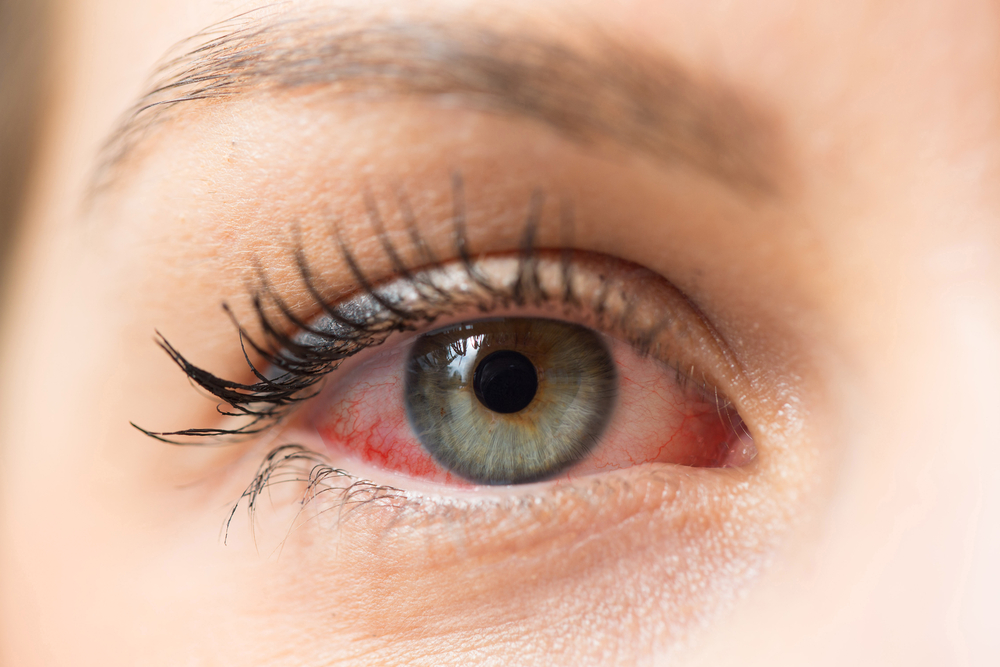
Dry eyes are a fairly common condition that will affect most people at some point during their lifetime. In some instances, it will resolve itself without help. But a number of patients will go on to develop chronic dry eyes, which typically require professional support and treatment to alleviate the associated symptoms.
Dry eyes occur for one of three reasons:
- The eyes do not make enough natural tears.
- The quality of the tears is low due to an imbalance in the components.
- The tears drain from the eyes too quickly.
Exactly why someone will develop dry eyes can vary greatly. For some patients, it occurs as a result of the way that their body is working. In these cases, hormone imbalances, medical conditions or taking certain medications is usually responsible. For others, their dry eyes will be a result of external factors, such as spending excessive time in front of a computer screen or working in a dry or dusty environment.
The symptoms of dry eyes can vary greatly from patient to patient.
- Redness around the eyes
- Gritty or scratchy feeling
- Eye fatigue
- Blurred vision
- Soreness or irritation
- Burning or watering of eyes
Fortunately, there are a variety of different treatment options available. Dr. Kaufman will be able to recommend the one(s) which is(are) most appropriate for you. This may be a process of trial and error as they try to establish which is the most effective based upon what Dr. Kaufman believesto be the primary cause of your condition.
Eye Drops / Artificial Tears
Eye drops, also known as artificial tears, are usually the first treatment recommended to counteract the symptoms of dry eyes. There are numerous varieties available. Dr. Kaufman will advise you about which one she thinks may work best based upon the apparent cause of your dry eyes. You may find that using them just in the morning is sufficient, or you may need to apply them 2-3 times each day. In addition to lubricating eye drops, you may also be asked to try anti-inflammatory or steroid eye drops.
Daily Disposable Soft Contact Lenses
If you wear prescription contact lenses, you will be pleased to know that your dry eyes don’t mean that you have to switch to glasses. Although dry eyes can make it difficult to wear contact lenses, there are some varieties that can be successfully and comfortably worn by patients with dry eyes. For some patients Dr. Kaufman will prescribe a certain brand of daily disposable soft contact lenses which are often a more comfortable option for patients with dry eyes.
Scleral Lenses
Scleral contact lenses are often used to help patients who have moderate to severe dry eyes. There are two reasons that scleral lenses help dry eyes. The lenses are loosely suctioned to the white part of the eye (the sclera). Inside the lens is preservative-free saline, which bathes the front of the eye in moisture while it is worn. Also, because the lens is covering a large portion of the front of the eye, the eye does not dry out. If the patient is nearsighted, farsighted or has astigmatism, theses lenses can also be made with the patient’s prescription.
Tangible Hydra-PEG
Tangible Hydra-PEG coating is a unique polymer coating that is permanently bonded to custom contact lenses. Its purpose is to minimize deposits and lens fogging and improve lens surface water retention, lubricity, and patient comfort. Dr. Kaufman will let you know if having Tangible Hydra-PEG coating applied to your contact lenses might improve your comfort.
Listed above are just some of the treatments available for dry eyes. For more information, or to obtain a personalized recommendation from our expert eye care team, please contact our office.






